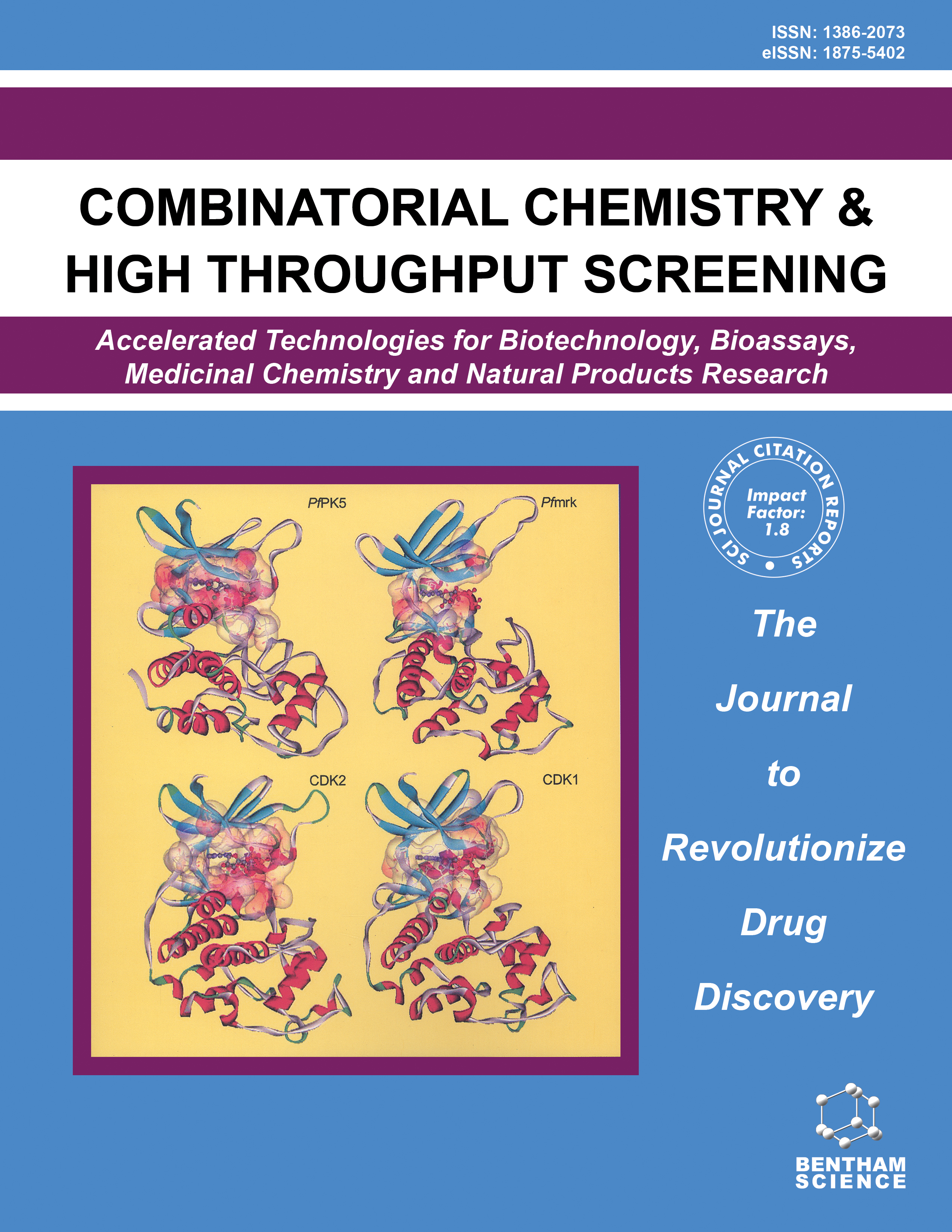
Full text loading...
We use cookies to track usage and preferences.I Understand

Disulfidptosis is a new metabolic-related regulated cell death associated with cancer growth. This study aimed to investigate the molecular mechanisms associated with disulfidptosis in skin cutaneous melanoma (SKCM) and establish a disulfidptosis-related gene signature for prognostic prediction in SKCM.
Disulfidptosis-associated genes were identified from RNA-seq data of SKCM. A risk score signature was developed and validated through univariate Cox and LASSO analyses. Additionally, the immune microenvironment related to the risk score signature was investigated. Finally, a disulfidptosis-related genes-transcription factor -miRNA network was developed, and the expression levels of five disulfidptosis-related genes were initially verified in SKCM cell lines.
A total of 107 disulfidptosis-related differentially expressed genes in SKCM samples were identified. A ten-disulfidptosis-gene signature was established, including BIN2, CCL3L3, CCL8, CD79A, CIITA, CXCR3, DEFB1, GPR171, IL2RB, and SOCS1. The SKCM samples were divided into high- and low-risk groups, of which samples in the low-risk group showed better survival performance. The receiver operating characteristic curve analysis confirmed the good potency of the disulfidptosis-related gene prognostic model. Except for DEFB1, the other nine genes were positively related with T cell CD8+, T cell CD4+ memory activated, T cell gamma delta, NK cell activated, and macrophage M1, and they were all negatively related with NK cell resting, macrophage M0, macrophage M2, and mast cell activated. Finally, we verified downregulated levels of SOCS1 and DEFB1 and upregulated CXCR3, BIN2, and CCL3L3 in A875 and A375.
We successfully established ten disulfidptosis-related genes' prediction prognostic signatures for SKCM patients.

Article metrics loading...

Full text loading...
References


Data & Media loading...
Supplements